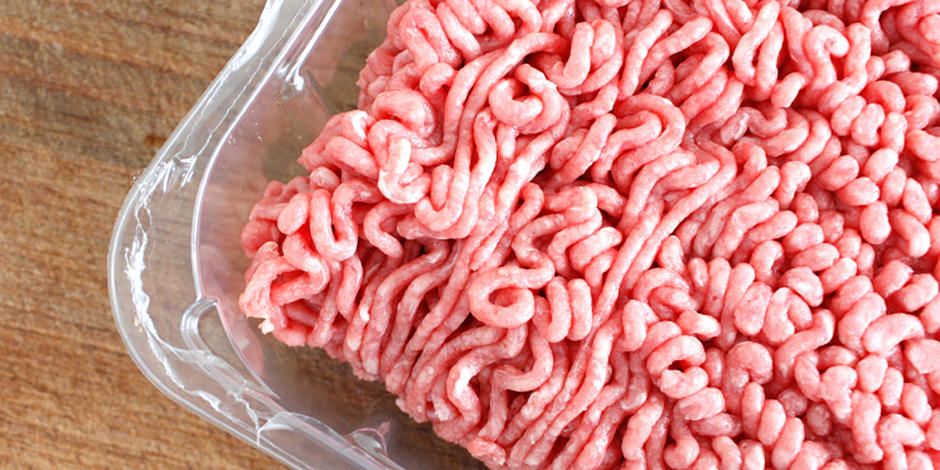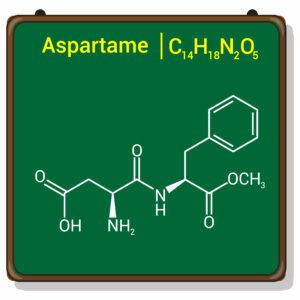
I don’t know about you, but I personally wouldn’t touch anything affectionately called “pink slime.” If you’ve seen any of the news stories lately, or have been subject to the round of photos on Facebook and Twitter that reference this nasty stuff, then the term immediately conjures up images of heavily processed mutant chickens becoming long, pink globs . . . that eventually become the McNuggets of a certain Mc-Fast Food joint.
Unfortunately (for all of us) “pink slime” is also the term coined for a type of ground beef that may soon find itself widely spread throughout our nation’s school systems. It is comprised of around 85 percent regular ground beef and 15 percent “lean finely textured beef,” which is the aforementioned, delicious-sounding and appetizing pink slime.
School Lunch and the Slime
Over seven million pounds of the beef mixture has been purchased already, and the USDA is on track to purchase about 112 million pounds more. Their intended use is to incorporate the “mixed beef” in school lunches. The USDA’s move to this new mixture is an effort to cut costs; the lean finely textured beef can reduce the cost of ground beef by almost a half, and sometimes even more.
As expected, the plan immediately came under fire. As a result of many petitions and angry citizens, the USDA recently announced that it would allow the schools to make the choice between the cheaper beef with the pink slime, or ground beef that does not contain finely textured beef but is fattier and costlier.
How to Make Pink Slime
So, want to hear how this lean finely textured beef is made? Are you sure? OK, here goes . . . It is basically the mostly fatty outside trim of cow carcasses that gets chopped off and combined with other “leftovers” and cuts.
Let me elaborate a little . . .
In order to get the most meat out of each cut, the trimmings are heated at a very low temperature for a long time to melt away most of the fat. This pasty meat is then compressed into cubes and becomes mixed in with regular ground beef. After the beef is mixed, the entire product is treated with ammonium hydroxide to kill dangerous bacteria like E. coli and salmonella.
Now, even though ammonium hydroxide sounds like something you wouldn’t want in your burgers, it is considered “generally recognized as safe” by the USDA. It is made up of ammonia and water, and gets sprayed onto meat before it is packaged.
What Will the Schools Decide?
While schools will be given an option when it comes to which type of ground beef they use in their lunch meals, the easier choice will always be the lean finely textured beef. Funding is being slashed across school systems, and many districts are finding it more and more difficult to afford better food, even if the option is there for them to take it. Schools can choose to create their own lunch meals independent of the USDA, but this would cause them to lose much-needed cash subsidies from the Department of Agriculture.
Where Else Might the Slime Be Hiding?
Without protest, the USDA has been allowing big beef manufacturers to do something similar for years now. Over 70 percent of all ground beef bought in any supermarket across the nation contains some mixture of lean finely textured beef. Why hasn’t it raised a ruckus? Well, current regulations don’t require food labels to specifically mention lean finely textured beef or note how much of it is in the beef. The reasoning behind this, according to the USDA, is that it is all beef when you look at the big picture.
Which raises the question: If it was all just simply beef, why not have the option available, but be more transparent about it and let us make our own choices when we buy our food?

A new study suggests that a widely used sugar substitute found in diet sodas, chewing gum, and low-sugar yogurt may elevate insulin levels. This could increase the long-term risk of heart disease. “Artificial sweeteners have infiltrated nearly all types of food, making it crucial to understand their long-term health effects,” said Yihai Cao, senior author […]

Diet Coke has long been a fan-favorite among soda lovers who want a fizzy, guilt-free alternative to traditional soft drinks. While its zero-calorie, zero-sugar label makes it seem like a healthier option, the reality is far more concerning. Despite its undeniable popularity, Diet Coke’s nutritional profile has raised red flags among health experts for years. […]

New study shows that embracing an anti-inflammatory, plant-forward diet can support cognitive function and help reduce the risk of dementia. What You Eat Shapes Your Brain The food you eat doesn’t just impact your body—it also affects your brain. Research suggests that eating an anti-inflammatory, plant-based diet can help improve memory, focus, and overall brain […]